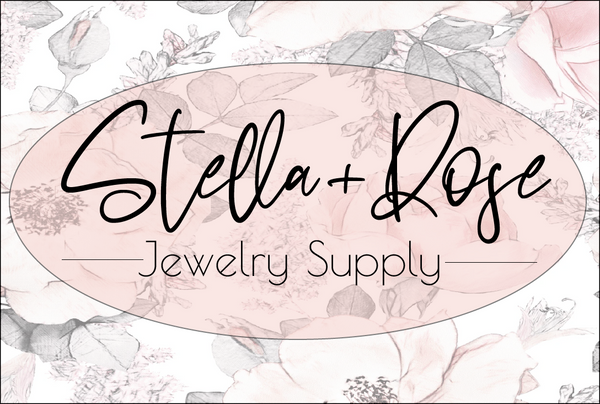How Long Does Permanent Jewelry Last?
Permanent jewelry has become one of the most exciting trends in our industry: sleek, clasp free pieces that stay with your clients day in and day out. But let’s talk honestly: while the word “permanent” sounds like it should mean forever, the reality is that the lifespan of these pieces depends on a few key factors. How long does permanent jewelry last? The answer is, it depends.

What Is Permanent Jewelry?
Permanent jewelry refers to a custom fit bracelet, anklet, or necklace that is welded closed directly on the client. With no clasp, the piece stays put until it naturally wears through or is intentionally removed. The welding process is quick and painless, giving customers a unique experience along with their new piece.
For jewelers and stylists, the appeal goes beyond the accessory itself; it's about offering an unforgettable moment of connection.
Does Permanent Jewelry Last Forever?
Here’s the truth: permanent jewelry is durable, but it’s not indestructible. Its lifespan depends on four main factors: Material quality, client lifestyle, skin chemistry, chain style and weld quality.
1. Material Quality
The type of metal makes the biggest difference in how long a piece lasts.
-
Gold Filled is a top choice for permanent jewelry. Crafted with a thick layer of genuine gold bonded to a base metal, it can last 1 to 5+ years with proper care. Thickness and handling play a role in longevity.
-
Sterling Silver is beautiful and affordable. With good care, it typically lasts 6 months to 2+ years, sometimes longer.
-
Plated metals are usually best left for fashion wear, not welding. Plated chains may only last a few months before the plating fades, so we recommend reserving these for non-permanent use.

2. Client Lifestyle
Daily habits and activities also affect wear. A client who lifts weights, swims frequently, or works with their hands will naturally see more stress on their chain. Bracelets and anklets typically encounter more friction than necklaces, which means they may need earlier replacement.
3. Skin Chemistry
Everyone’s body reacts differently to metal. Natural oils, acidity, and even lotions or perfumes can influence how quickly it wears. This is why two clients with the same chain might experience different results. If you’ve ever had a ring leave a greenish or grayish mark on your finger, you’ll know what I mean.
4. Chain Style & Weld Quality
The durability of a permanent piece also comes down to the thickness and design of the chain, as well as the quality of the weld. Heavier chains may last longer, especially for active clients.|
Can Permanent Jewelry Be Removed?
Yes. Even though it’s called “permanent,” removal is simple when necessary whether for medical procedures or personal preference. A quick snip at the welded jump ring is all it takes. Many jewelers offer a re-weld service, so clients can reuse their chain instead of starting from scratch.
What If It Breaks?
Breakage happens. The good news? Many jewelers provide repair or re-weld service and encourage clients to save their chain if possible, since it can often be reattached.

Helping Clients Extend the Life of Their Jewelry
Here are some best practices you can share with your customers to help their jewelry last longer:
-
Encourage them to protect their piece during high impact activities like heavy lifting or rock climbing.
- Remind them to limit long term exposure to harsh chemicals, including cleaning agents and chlorine.
-
Suggest occasional check-ins. If the chain feels loose or stretched, a quick adjustment can prevent a break.
Setting Realistic Expectations
Most wearers enjoy their permanent jewelry for years, especially when choosing gold filled or sterling silver chains. That said, it’s important to remind clients that accidents happen, and “permanent” doesn’t mean indestructible.
When you frame the jewelry as both a meaningful experience and a stylish accessory, clients will appreciate the value even if it doesn’t last forever.
Final Thoughts
So, how long does permanent jewelry last? Realistically, anywhere from a few months to several years, depending on material, lifestyle, and care. The key is transparency: guide your clients toward the right metals, help them understand proper maintenance, and they’ll enjoy their pieces for the long haul.
